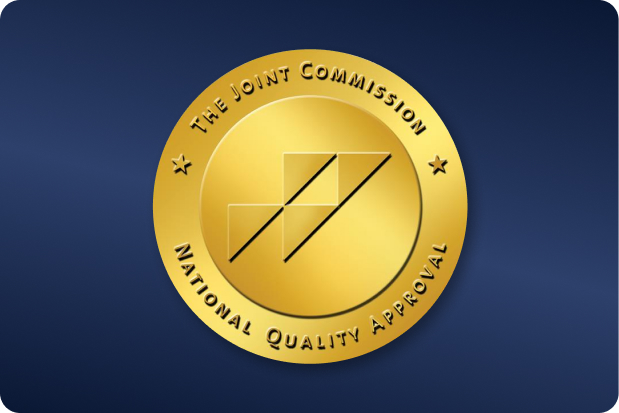 OUR LOCATIONS
Call to book 201.523.9590
OUR LOCATIONS
Call to book 201.523.9590
 OUR LOCATIONS
Call to book 201.523.9590
OUR LOCATIONS
Call to book 201.523.9590

A herniated disc is a painful spine condition that occurs when the rubbery cushions between the spinal vertebrae become damaged. While some people may feel extreme discomfort due to the condition, others only experience mild symptoms that often go unnoticed.
So what are the symptoms of herniated discs? A slipped disc can happen somewhere in the neck area down to the lower back. It can cause numbness on one side of the body, numb hands, leg weakness, leg or arm pain, foot pain, and pain whenever you laugh, cough, or sneeze.
Slipped or herniated disc is a common condition that affects around 5 to 20 people per 1000 adults every year. It occurs when the annulus (the outer part of the disc) is torn, allowing the nucleus (inner portion of the disc) to slip.
This spine condition becomes more common with age because of disc degeneration – the gradual wear and tear of the disc. As people get older, the spinal discs become more brittle and less flexible, growing more prone to ruptures, tears, strains, or twists. Herniated discs can also happen to people after a traumatic event involving a fall or those who lift heavy loads with their back muscles.
While anyone can get slipped discs, some people are more susceptible to the condition than others. Here are four risk factors that can increase a person’s risk of developing a herniated disc:
Slipped discs can occur anywhere along the spine. The location of the herniated disc dictates which part of the body experiences pain. Here are the two types of herniated discs (depending on their position):
Some patients with herniated discs may not experience symptoms as severe as others. The discomfort you feel will depend on the compression between the disc and an adjacent nerve – the more a disc pushes against the nerve, the more intense the pain might be.
Here are six symptoms you can check to see if you might have a herniated disc:
Although it brings pain and discomfort to patients, the herniated disc is a treatable condition. A wide selection of treatment options can include conservative methods and surgical procedures. The right treatment will depend on the discomfort a patient experiences and the severity of the disc’s slip.
After a consultation with their doctor, most patients are prescribed nonsurgical and conservative treatment methods. They are often advised to perform painless activities for a few days to relieve the inflammation of the spinal nerve.
One common treatment for a herniated disc is nonsteroidal anti-inflammatory medication, which can be prescribed if the pain or discomfort is only mild to moderate. Epidural steroid injections may also be directly injected to the exact location of the slipped disc.
Another nonsurgical treatment is personalized physical therapy, which is designed after a doctor’s diagnosis and an in-depth evaluation by a therapist. The therapy includes stretching exercises, electrical muscle stimulation, ultrasound, ice and heat therapy, gentle massage, and pelvic traction. Muscle relaxants and pain medication can also be taken for a quicker recovery.
If the pain or discomfort does not subside after attending physical therapy sessions and taking pain medications, the doctor may discuss surgical options with the patient. Many patients experience significant relief after the surgery, but this does not guarantee that the surgery will be successful for all patients.
Here are the two types of spine surgery that can be performed to relieve pain caused by herniated discs:
Read More:
Can Physical Therapy Resolve Herniated Disc Pain?
Do Lumbar Epidural Steroid Injections Work for a Herniated Lumbar Disc?
Here at The Spine & Rehab Group, we want our patients to reach their health goals with non-surgical treatments performed by our board-certified spine specialists. We do our best to provide our clients with a comprehensive and interventional approach for their back pain, back injuries, and other spine conditions.
Find out what treatment option is the best for your herniated disc by consulting with us here at The Spine & Rehab Group. Call us at (833) 847 – 7463 to book an appointment now.



